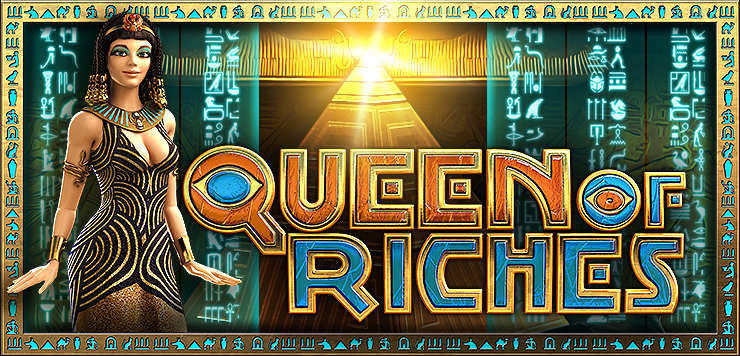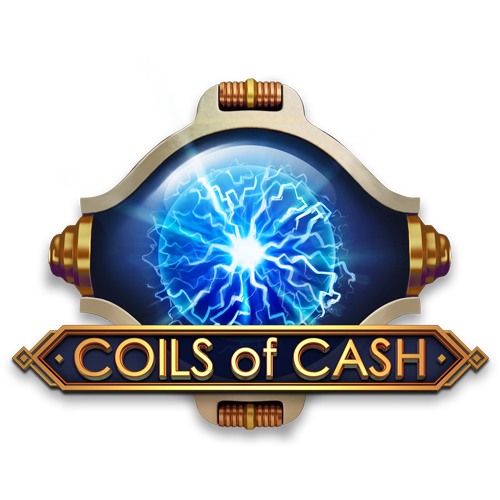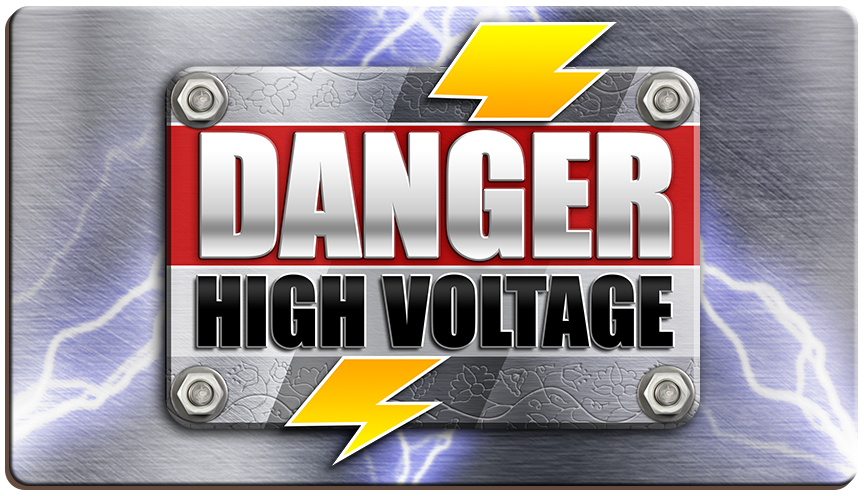Behind the Reels: How Online Pokies Work
What RNGs, Paylines & Payout Systems Really Do
Every spin you see on a pokie is controlled by an RNG — a Random Number Generator — that produces unpredictable results every time. The reels and symbols are just a visual display of this math engine working in real time. Knowing how volatility, return-to-player (RTP), and features like bonus rounds affect outcomes helps you play with clarity, not confusion. Compare top titles easily in our NZ pokies reviews, where we share honest stats and breakdowns.
Many Kiwis are surprised how pokies with similar themes can behave so differently. What really matters are the paylines, the volatility level, and how features like wilds, respins, or multipliers are built in. At Slotsdudes, we test new games monthly to show you which titles deliver solid value and entertainment for NZ players.
Key Phrases Explained
- RNG: Random Number Generator — ensures every result is unpredictable and fair.
- Paylines: Winning patterns on the reels that determine when payouts are triggered.
- Volatility: Tells you how risky a pokie is — lower volatility means steadier wins; higher volatility means rare but bigger payouts.
- Wild Symbol: A symbol that replaces others to help complete wins.
- Scatter: A bonus-triggering icon that often doesn’t need to be on a payline to activate features.
Pro Tip
Choose pokies from providers with a good track record, and always look at volatility before you start. It helps set the right expectations and gives you better control over your playing style.
RTP vs Volatility: Key Factors for NZ Pokie Fans
Why RTP Matters Long-Term
RTP stands for Return to Player, and it’s the percentage of total bets a pokie is designed to return over time. A 96% RTP means you’ll get back NZ$96 for every NZ$100 bet on average — not per session. While it’s not a promise of results, it’s a solid way to compare games side-by-side. Always check the actual RTP shown by the casino or developer — it can vary by operator.
How Volatility Shapes the Game
Volatility (or variance) reflects how often a pokie pays out and how big those payouts can be. Low volatility games tend to give smaller wins often. High volatility pokies keep players waiting longer — but may deliver a massive win when the timing’s right. One standout example is Gates of Olympus, where multipliers and high-risk spins keep things intense.
Balancing RTP and Volatility for Better Play
These two stats go hand in hand. If you're looking for longer playtime, aim for medium volatility with high RTP. If you're chasing excitement and don’t mind risk, go for pokies with big max wins and higher variance. You’ll find detailed reviews in our NZ pokies section — most games include free demo mode so you can test the mechanics risk-free.
Popular Pokie Styles in NZ
Megaways: NZ’s Favourite Format
Developed by Aussie company Big Time Gaming, Megaways pokies change the number of symbols per reel on every spin — opening the door to thousands of win combinations. Early hits like Dragon Born paved the way, but Bonanza Megaways is still one of the most popular games for Kiwi players who enjoy dynamic play with big bonus potential.
Popular Megaways Pokies

Temple Tumble
by: Relax Gaming
Release: 6th February 2019
Queen of Riches
by: Big Time Gaming
Release: 24th May 2016
Witch Heart Megaways
by: Pragmatic Play
Release: 5th May 2025What Makes High Volatility Pokies Exciting
High volatility pokies are all about building suspense and waiting for that big payout moment. If you don’t mind spinning through dry spells to hit a big feature or jackpot, these games might be your style. Gates of Olympus is a prime example — known for its dramatic payout swings and big-win potential.
Popular High Volatility Pokies

Brute Force
by: Nolimit City
Release: 8th October 2024
Coils of Cash
by: Play'n GO
Release: 17th January 2021
Danger High Voltage
by: Big Time Gaming
Release: 1st May 2017Quick Glossary for Kiwi Pokie Fans
- Return to Player (RTP): Indicates the expected return over time — usually shown as a percentage.
- Volatility: Tells you how consistent or extreme the payout pattern is.
- Bankroll: The amount of money you’ve set aside for pokies — managing it properly helps you stay in control.